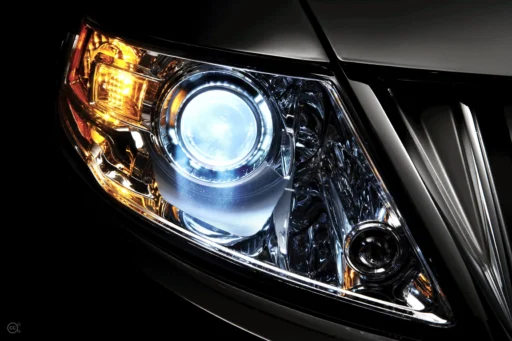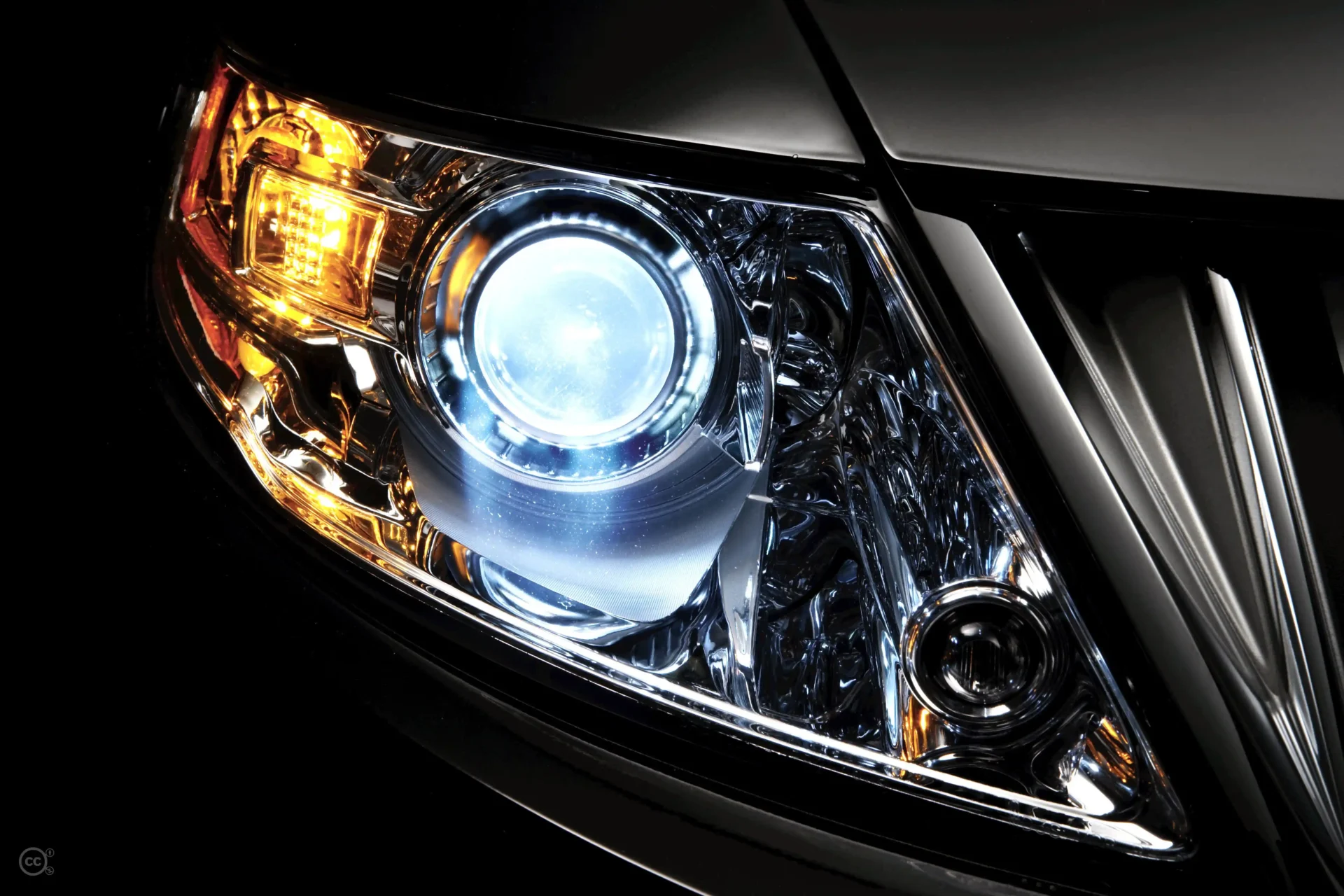A recent study detailed in Applied Optics by researchers at Tunghai University, Taiwan, has described the advantages of 3D printing for manufacturing headlight lenses. The research explains how additive manufacturing surpasses traditional methods, such as Computer Numerical Control (CNC) machining and reverse engineering, in efficiency, cost-effectiveness, and design flexibility.
A breakthrough in optical component production
“Traditional manufacturing methods come with limitations such as high costs, long delivery times, and low yield,” said research team leader Chia-Hung Yeh in a press release. “This study explores 3D printing potential as a viable alternative, offering a faster product verification process for the industry.”
The researchers assessed the manufacturing results by analyzing the key optical properties, including light transmittance, surface roughness, and dimensional accuracy. The 3D-printed lenses demonstrated a minimal curvature radius error and a 93% transmittance, which is both comparable to the CNC-machined sample (94%) and superior to a commercially available polycarbonate lens (90%). As part of their testing, researchers 3D printed 14 headlight lenses in a single eight-hour print cycle, at a resin material cost of just $30.
Catering to the demands of modern manufacturing
While the optical plastic industry gravitates towards tailored, small-batch production, traditional mass manufacturing remains less adaptable. The complexity of mold design and fabrication adds to the time of the production cycle, increasing financial risks and reducing market responsiveness. In order to stay competitive in this rapidly changing market, manufacturing might need new, innovative approaches.
“3D printing offers key advantages, such as consolidating multiple components into a single structure, reducing manufacturing costs and simplifying assembly,” added Yeh. “Overall, 3D printing in optical applications improves design flexibility, cost efficiency and sustainability, positioning it as a transformative force in the industry as technology continues to advance.”
While this study proves that 3D printing outperforms traditional methods in manufacturing headlight lenses, the team plan to continue research and assess real-world performance, including more factors like fixture temperature, operating environment, and structural integrity. As technology advances, 3D printing is set to bring even more speed and efficiency to optical manufacturing.






